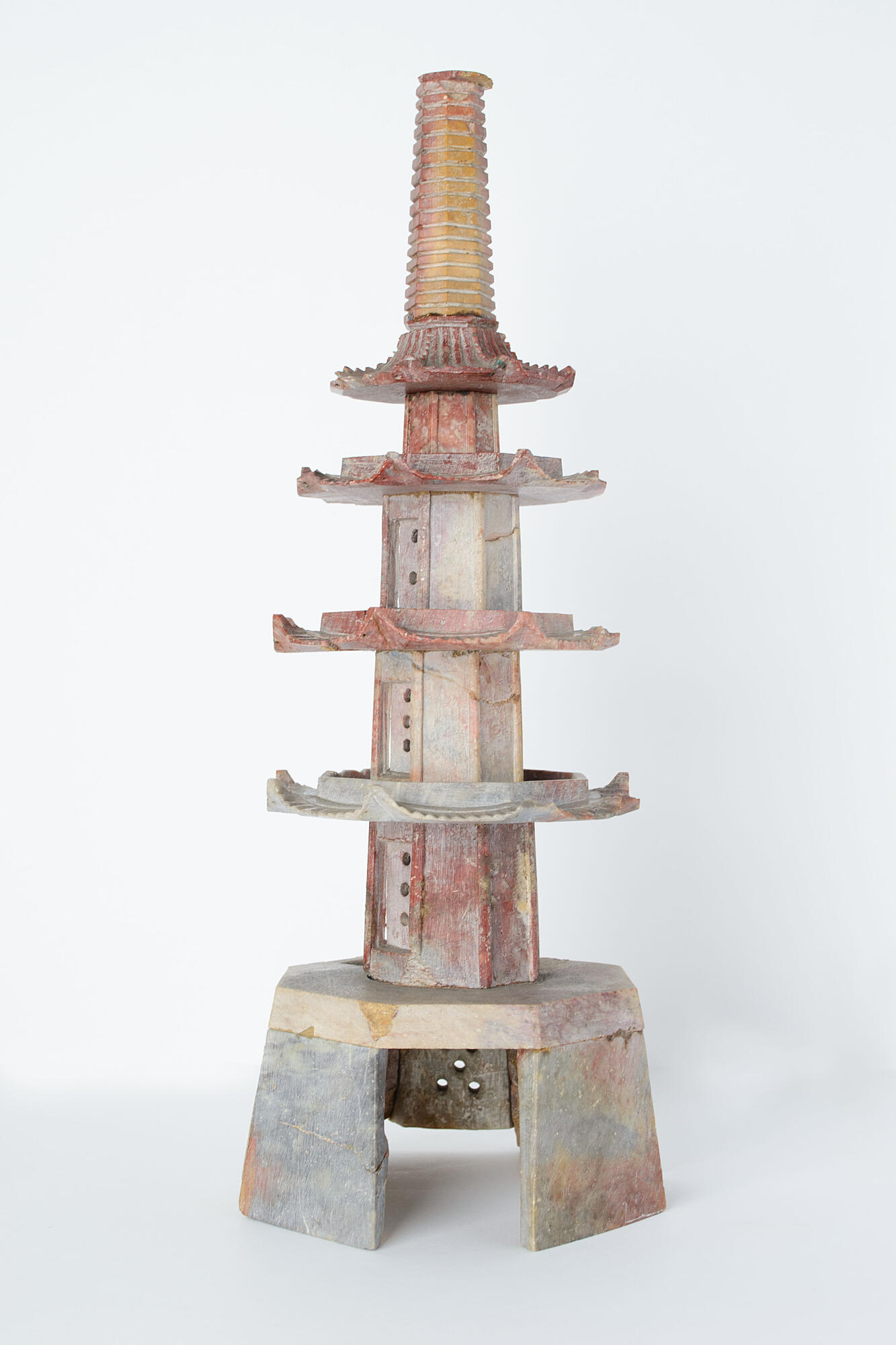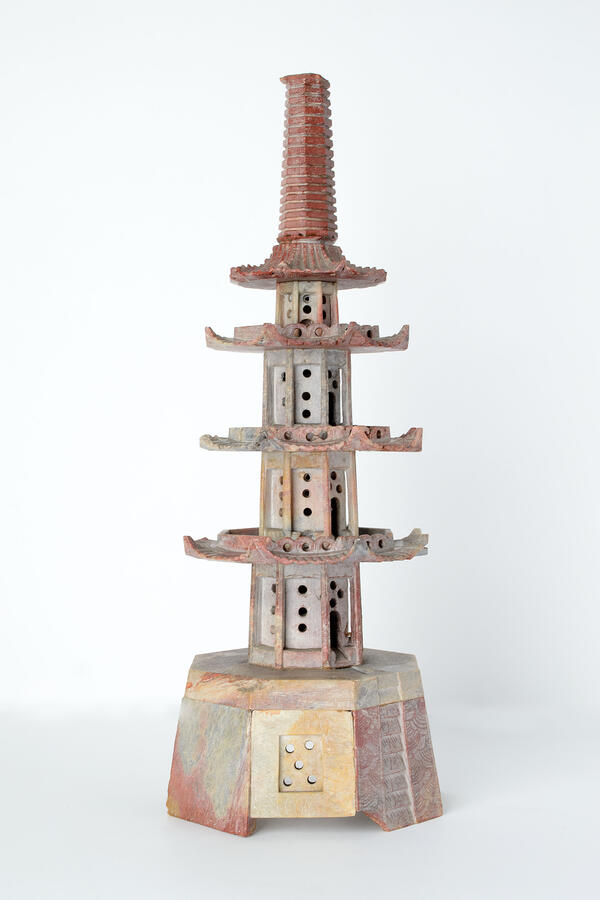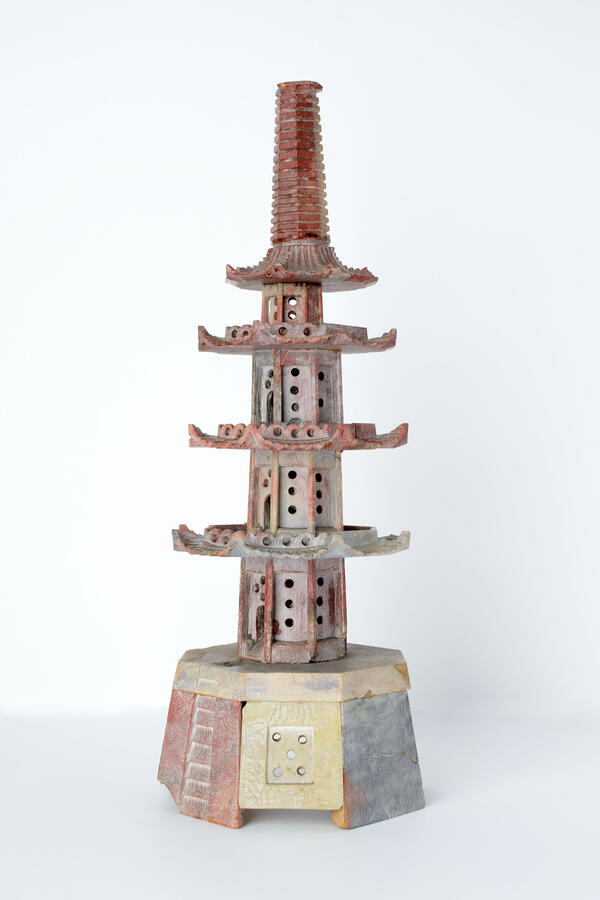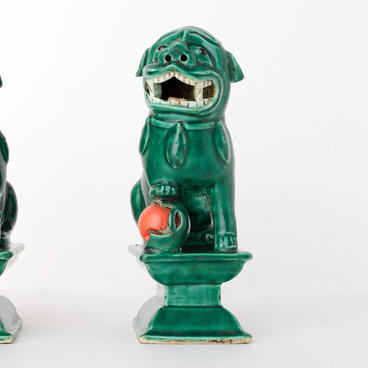Pagoda tiers have a symbolic meaning — they reflect the cyclical nature of life. These structures are important to the Chinese and can be found in almost any city or even small settlement of the Celestial Empire. A pagoda is usually located in the city center.
The pagoda appeared in China due to the spread of Buddhism. Its origins can be traced to the stupa, an ancient Indian burial structure. Stupas are more common: they can be found throughout Asia and even in Russia, for example, near Lake Baikal.
Structures similar to Chinese pagodas are known among many Asian peoples. In China, such towers are considered a place of worship. A pagoda can be a burial vault and a place for praying. Pagodas are constructed at monasteries, cemeteries, and historical landmarks.
Pagodas used to have only one function — to house relics, that is, ashes and possessions of ancestors. An ancient Asian pagoda featured the following elements: the base, the main section, and the finial. In addition, the main section could be divided into several tiers.
During the Tang and Song dynasties, China had a thriving economy which is why so many Chinese pagodas were constructed during that time. The oldest surviving pagoda is about 2000 years old. The first pagodas were constructed using clay, stone, and wood. Later pagodas were built of brick and stone.
The construction of pagodas is not limited to China and Nepal. The tradition has also spread to Thailand, Myanmar, Laos, Japan, Cambodia, Korea, and Tibet. Nowadays, even simple one-tiered gazebos in parks are referred to as pagodas in China.
It is quite easy to distinguish a pagoda from a temple or an ancient house. It usually has three almost identical tiers. Their roofs are curved upward. There are more vertical than horizontal lines in a pagoda. Many pagodas resemble towers based around a clockwise spiral.
The pagoda model from
the museum’s collection has five tiers. It is placed on a high octagonal base.
The model is made of solid agalmatolite and shaped like an octahedral pyramid
with protruding eaves.




